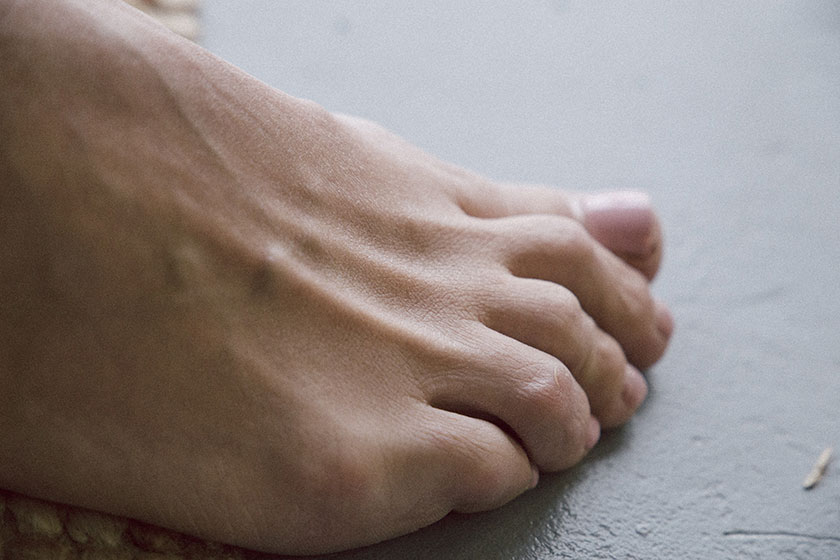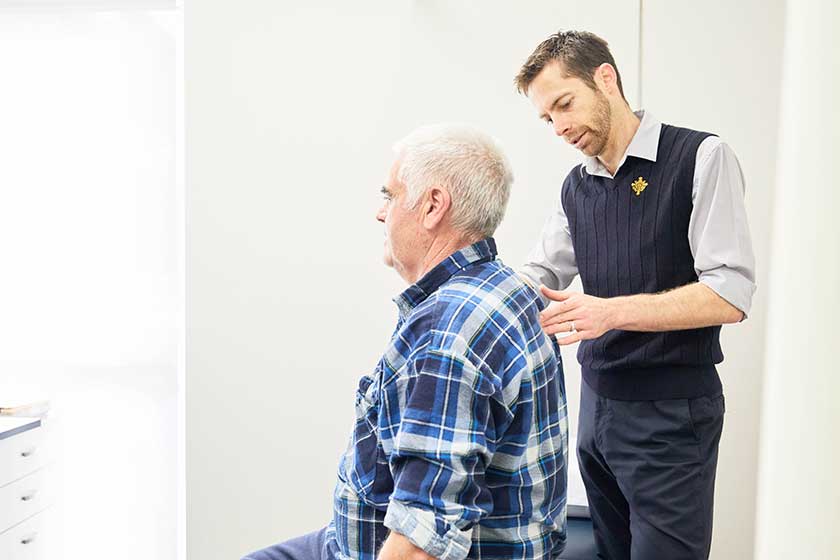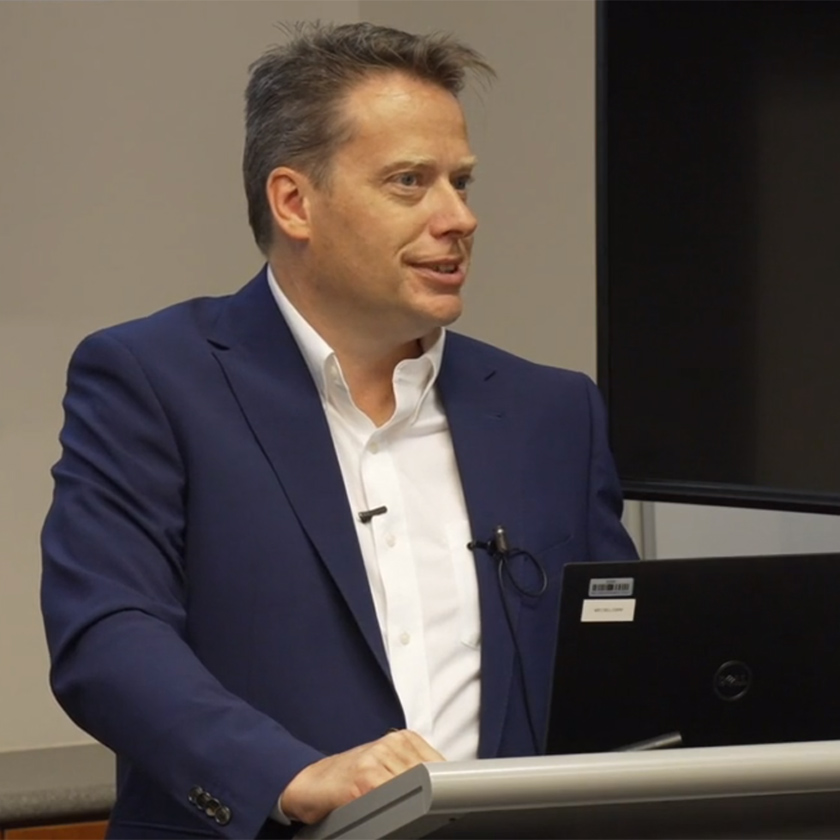Despite ankle arthritis being less prevalent overall, great toe arthritis (hallux rigidus) is the most common site of arthritis in the foot and has a variety of treatment options available to manage it.
Ankle cartilage takes the highest load in the body, given it is a relatively small surface area and it transmits the weight of essentially the entire body. Fortunately, arthritis in the ankle is less prevalent than in other areas of the foot such as the toe ─ which is the most common site for arthritis. This makes sense as we rely on toe push-off for walking and running, and the first metatarsophalangeal joint (MTPJ) takes up to 120 per cent of our body weight on every step.
Patients with great toe arthritis usually experience:
- Pain in the region
- Stiffness
- Swelling
- Limited walking distance
- A bony lump over the joint
Non-operative management can be successful for those with milder disease who are open to compliance with activity and shoe wear modification.
Initial treatment for great toe arthritis usually involves:
- Avoidance of aggravating activities (propulsive activities)
- Weight loss
- Simple analgesia (paracetamol and ibuprofen)
- Shoe wear modification (stiff soled, deep shoe, rocker-bottom, padding)
- Steroid injection (variable effectiveness)
If these conservative methods are not successful then the surgical options include joint salvage or joint sacrificing.
For mild and moderate disease, techniques of cheilectomy (removing the offending dorsal bone) and Moberg osteotomy (improving the position of the toe) can be useful options. Nevertheless, a proportion of these patients may continue to have progressive disease necessitating further surgery.
For severe disease the most reliable and successful procedure is a first MTPJ arthrodesis (fusion). There are arthroplasty procedures available, however, it should be noted that these options are not generally undertaken, as the results can be less effective than first MTPJ arthrodesis.
Functionally, a first MTPJ arthrodesis has minimal hindrance in what you can do, and it has been shown that sporting ability is no different between those who have either arthroplasty or arthrodesis.
This condition can be well treated in a collaborative manner, and with the aid of our allied health colleagues in podiatry and orthotics, the milder cases can be managed conservatively with footwear modifications and education.
Nevertheless, for those patients who are suffering from pain and disability, surgical intervention has been shown to be very successful.








